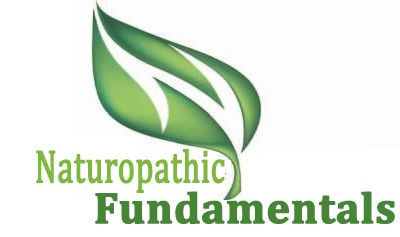Exercise during chemotherapy has shown benefits. There was an article from the British Medical Journal in 2009 that showed exercise helped improve fatigue and emotional well being. Although before doing any exercise please consult your physician.
The following is a study that was published in the British Medical Journal in the fall of 2009.
Published 13 October 2009, doi:10.1136/bmj.b3410
Cite this as: BMJ 2009;339:b3410
British Medical Journal
http://www.bmj.com/cgi/content/full/339/oct13_1/b3410
Research
Effect of a multimodal high intensity exercise intervention in cancer patients undergoing chemotherapy: randomised controlled trial
Objective: To assess the effect of a multimodal group exercise intervention, as an adjunct to conventional care, on fatigue, physical capacity, general wellbeing, physical activity, and quality of life in patients with cancer who were undergoing adjuvant chemotherapy or treatment for advanced disease.
Design Randomised controlled trial.
Setting Two university hospitals in Copenhagen, Denmark.
Participants 269 patients with cancer; 73 men, 196 women, mean age 47 years (range 20-65) representing 21 diagnoses. Main exclusion criteria were brain or bone metastases. 235 patients completed follow-up.
Intervention: Supervised exercise comprising high intensity cardiovascular and resistance training, relaxation and body awareness training, massage, nine hours weekly for six weeks in addition to conventional care, compared with conventional care.
Main outcome measures European Organization for Research and Treatment of Cancer Quality of Life Questionnaire (EORTC QLQ-C30), Medical Outcomes Study Short Form (MOS SF-36), Leisure Time Physical Activity Questionnaire, muscular strength (one repetition maximum), maximum oxygen consumption (Vo2max).
Statistical Methods: The general linear model was used for continuous outcome while analysis of associates between categorical outcomes was performed as analysis of marginal homogeneity in contingency tables.
Results: Adjusted for baseline score, disease, and demographic covariates, the intervention group showed an estimated improvement at six weeks for the primary outcome, fatigue, of –6.6 points (95% confidence interval –12.3 to –0.9, P=0.02; effect size=0.33, 0.04 to 0.61). Significant effects were seen on vitality (effect size 0.55, 95% CI 0.27 to 0.82), physical functioning (0.37, 0.09 to 0.65), role physical (0.37, 0.10 to 0.64), role emotional (0.32, 0.05 to 0.59), and mental health (0.28, 0.02 to 0.56) scores. Improvement was noted in physical capacity: estimated mean difference between groups for maximum oxygen consumption was 0.16 l/min (95% CI 0.1 to 0.2, P<0.0001) and for muscular strength (leg press) was 29.7 kg (23.4 to 34.9, P<0.0001). No significant effect was seen on global health status/quality of life.
Conclusion: A supervised multimodal exercise intervention including high and low intensity components was feasible and could safely be used in patients with various cancers who were receiving adjuvant chemotherapy or treatment for advanced disease. The intervention reduced fatigue and improved vitality, aerobic capacity, muscular strength, and physical and functional activity, and emotional wellbeing, but not quality of life.
It is important to note that there was no change in quality of life, but it helped mitigate some of the side effects of chemotherapy. IV vitamin C and ozone therapy has shown to help improve quality of life. REMEMBER to consult your physician before doing any of the above mentioned procedures.
To book an appointment:
Dr. Kin Leung, B.Sc., N.D., CCT, CPCC
Naturopathic Fundamentals Wellness Clinic
191 Edwards Way SW, Unit 103
Airdrie, AB
T4B 3E2
Tel: 587-360-1100
www.naturopathicfundamentals.com


No comments:
Post a Comment